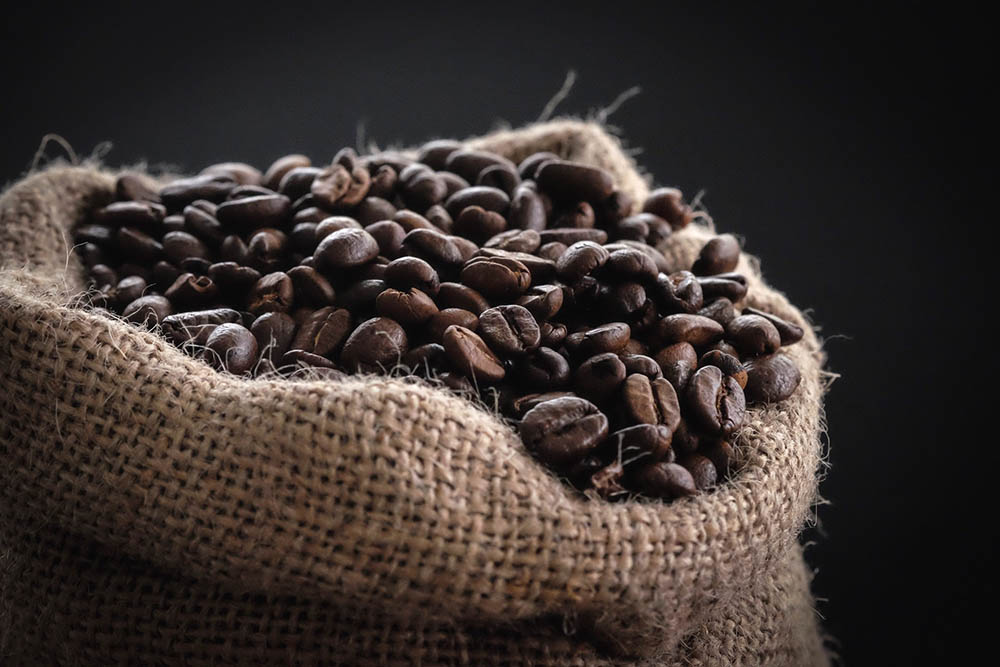
Ethiopia is widely acclaimed as the birthplace of coffee. The story of the goatherd, Kaldi, and his wired goats has as much historic value attesting to the origin of coffee as it has folkloric value regarding the magic bean.
If you consume coffee in Ethiopia today, you may be invited to a traditional coffee ceremony with the phrase, “Nu buna tetu,” which is Amharic for “come drink some coffee!” At traditional Ethiopian coffee ceremonies, the coffee is roasted in a pan over hot coals, ground with mortar and pestle, and placed with water into a jebena (traditional Ethiopian coffee pot) to brew over fire or hot coals.
While you probably won’t be consuming your coffee this near-ancient way, you can still get access to great Ethiopian coffee. Among all the regions of Ethiopia which produce coffee, three stand out as producing the most. They are Yirgacheffe, Sidamo, and Harrar. Today we are talking about coffee from Harrar.

What Is Ethiopian Harrar Coffee?
Harrar is a city in the eastern highlands of Ethiopia. It is from this city that Ethiopian Harrar Coffee gets its name. The coffee in question is of the Arabica species. Arabica, unlike its relative Robusta, is particular about the environment in which it grows. It prefers higher altitudes for the healthiest and best yield. This makes Harrar and the surrounding region very optimal for growing Arabica beans. However, even though the coffee started here, it is mostly grown in the southern regions of Ethiopia. But the elevations at the Harrar coffee farms in the south (4,500 to 6,300 feet) are still great for growing coffee.
While coffees like Ethiopian Yirgacheffe, for example, are typically grown at higher altitudes (6,300 feet and higher), this does not necessarily mean that it is better than one grown at a lower altitude. We will see that Ethiopian Harrar coffee has a lot of unique flavors to offer and this is partly due to the way the beans are processed.
Ethiopian Harrar coffee is dry processed and dried in the sun. This means that when the beans are removed from the coffee berries, they are not washed. Rather they sit on raised beds exposed to the sunlight. The reason they are not washed is that during the harvest season of this particular bean, there is no rain. A lot of the fruity flavors of the beans are due to the fact that the flavors from the coffee berry are not washed off of the beans.

What Does Ethiopian Harrar Coffee Taste Like?
Ethiopian Harrar coffee is famously fruity with notes of blueberry, strawberry, peach, cherry, wine, and chocolate. It has a medium body and mild acidity. Different flavors can be brought out depending on the roast. You are more likely to taste the fruity notes if it is light roasted. If roasted dark, you will taste more of the chocolate and even some spices such as cardamom and cinnamon.
What Is the Best Way to Brew Ethiopian Harrar Coffee?
Since Ethiopian Harrar coffee has such fruity notes and so many subtle flavors, you are going to want to pick a brewing process that accentuates all of the intricacies of the bean. To indulge your tastebuds, a French press is always a great option and a close second to the traditional jebena. When the hot water is poured onto the grounds, you can begin to enjoy the coffee aromatically.
Since French press coffee is technically unfiltered and has a false body, you will not miss out on the acidity which helps accentuate the fruit notes in the coffee. Pour over is always nice for making a cup giving a smooth mouthfeel. This is largely due to the fact that certain paper filters can remove a lot of the acidity- something which is desirable in some coffees. If you do a pour-over with Ethiopian Harrar coffee, you will have less acidity, and the fruit notes will be a little more subdued. But the smoothness of the chocolate might come out more.

Bean Appearance & Quality
Whichever way you decide to brew, make sure the beans are recently roasted. You might not opt for the traditional Ethiopian way of brewing, especially since they roast their beans and immediately brew. This can produce a lot of gas in the coffee and not as much consistency. But your grounds should bloom when they come into contact with hot water. This will be the best way to tell if they are fresh.
It is very common for a lot of coffees to have an oily residue on the surface of the bean. However, it will be pretty minimal with Ethiopian Harrar coffee since they are dry processed. But if you happen to have a dark roast, don’t be surprised if they are oilier than a light or medium. More oils tend to come out of the bean with roasting. If it’s a dark roast and there is an absolute absence of residue, this can be a sign that the beans are not fresh.
Featured Image Credit By: Tina Guina, Unsplash
















